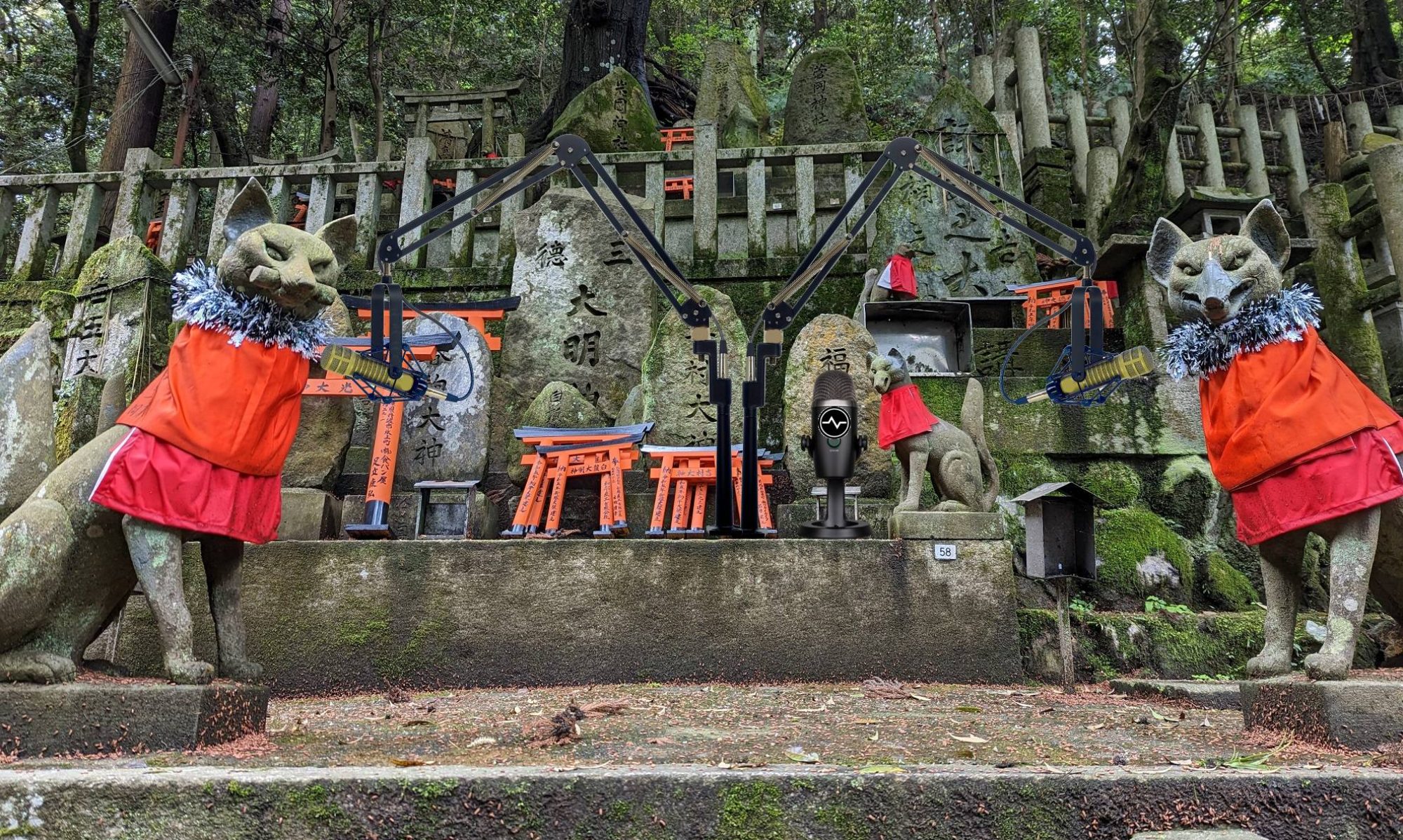Podcast: Play in new window | Download
I’ve got a free hand this week, as Batou’s off playing with illegal weapons or something. So I do the news, review the Cencoroll and the final Kara no Kyoukai movies and do a new experiment, Japanese with Ichigo! This week we covered basic interactions, including greetings, please and thank you. Then we covered counting 1-10 and generic counters from 1-10. Let me know what you thought in the comments.
Show Notes
Music
Intro – Modern Strange Cowboy by Granrodeo from Needless
Outro – Neko Mimi Mode by Dimitri From Paris from Tsukiyomi Moon Phase
Reviews
Cencoroll – Download Now!
Wikipedia
Official Site
Kara no Kyoukai – Download Now!
Wikipedia
Official Site


An interesting idea, Ichigo. Quite interesting. Are you sure you’ll want to do it regularly, though? That’s like taking your work home with you. = /
Still, it was a very nice breath of fresh air.
I’m pretty sure that the hi-, hu-, mi- kokono- etc, are the KUN (Japanese native readings) not the ON (Chinese reading) which are ichi, ni, san kyu, etc. I’ve read this in several books and a quick look up on the net confirms this.
okeechobi, you’re absolutely right, I was mistaken and got it backwards.
Digging the Japanese 101 experiment, Ichigo. Small, digestible nuggets of useful knowledge is the way to go.
Maybe you can demand a cut of the test fee if your listeners level up on the JLPT through your good works.
The reason, why Japanese sometimes prefer not to use ON reading “shi” for 4, is because of it sounds the same as “shi” – æ» ,”death”. 🙂 And for the same reason they more often say 7 as “nana” and not as “shichi”.
Love the Japanese 101 I just fell really bad you let out the girls number at the end.
I thought it was a fantastic idea Ichigo,XD. It would be cool if you keep doing it.
Great Japanese segment. I’d like to see more and maybe even it becoming a permanent segment. I knew everything besides your welcome and quantitative counting
In terms of pronunciation, I think it would help if you mentioned three things. One, Japanese syllables have the same duration per syllable. Second, Japanese vowels are always short vowel sounds (a is always “ah” and not “ay”). Third, Japanese has a pitch accent and not a stress accent. The last is really hard to explain so I might skip that for now. Good job!
I enjoyed the Japanese 101 bit. I am in High School taking Japanese level 3 and it’s great to be able to add little things I don’t know (like how they actually speak in Japan versus formal) is really interesting to me.
keep up the good work and I would love it if you would teach more Kanji Ichigo.
I thought cenceroll was about crunchyroll censuring anime